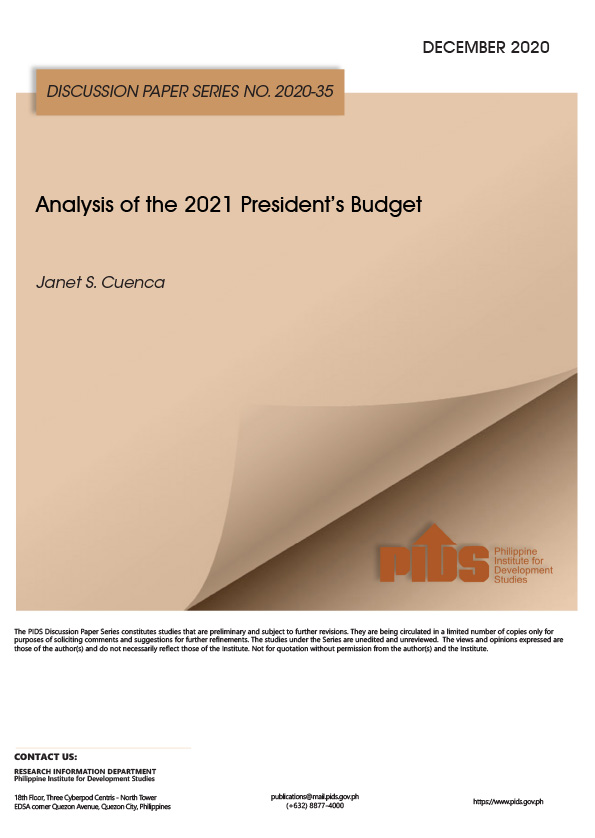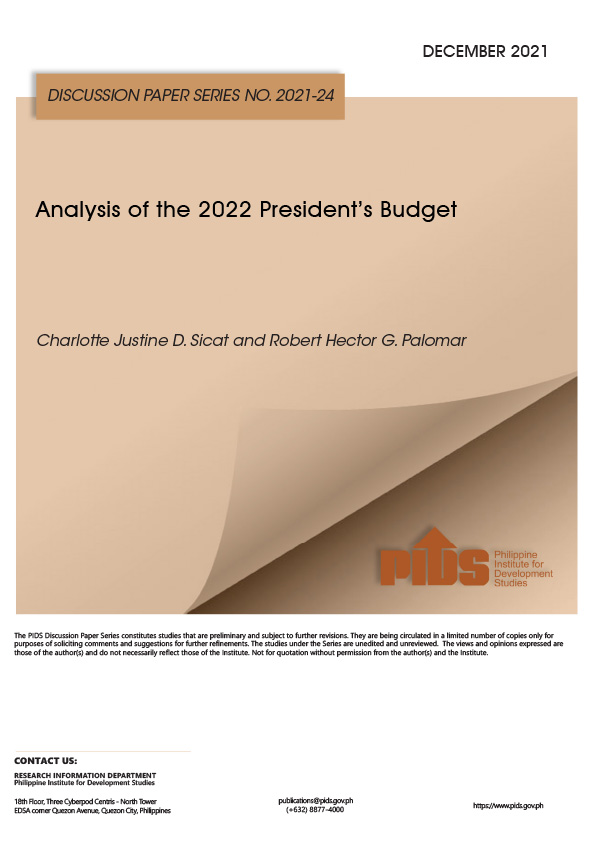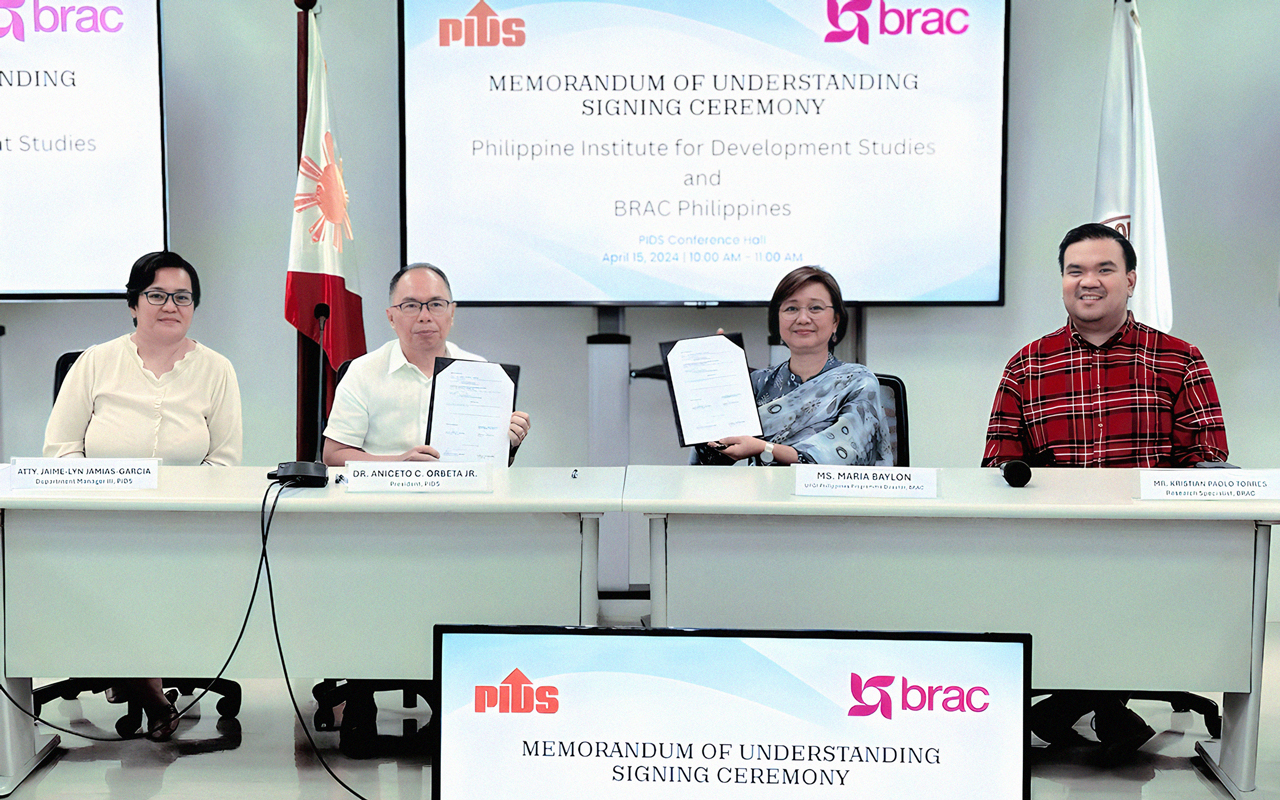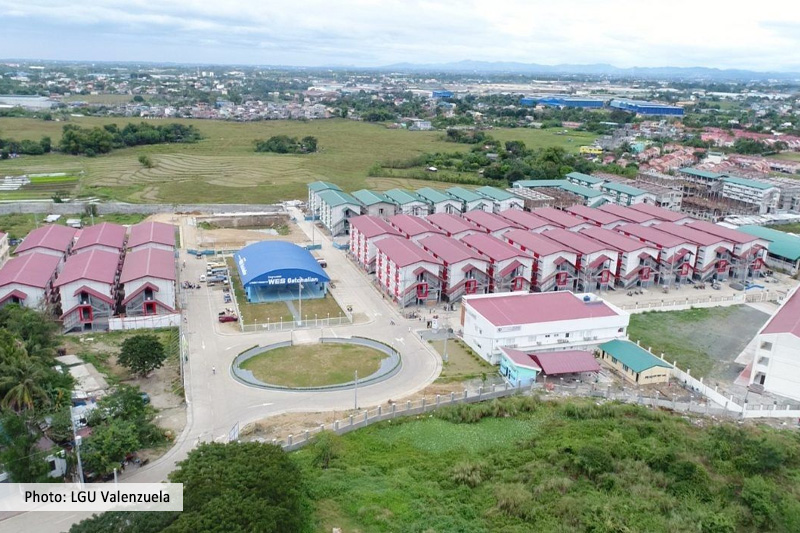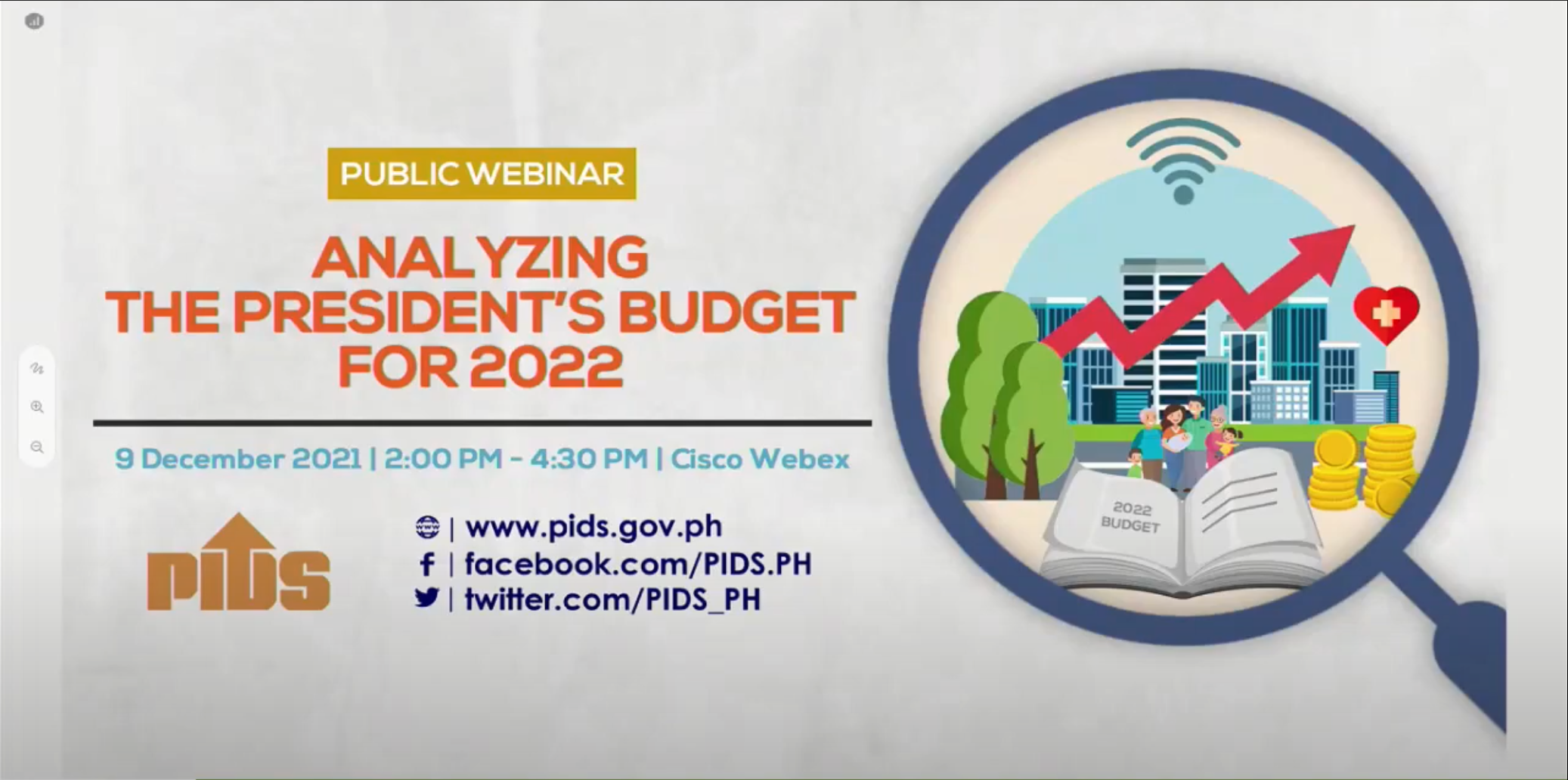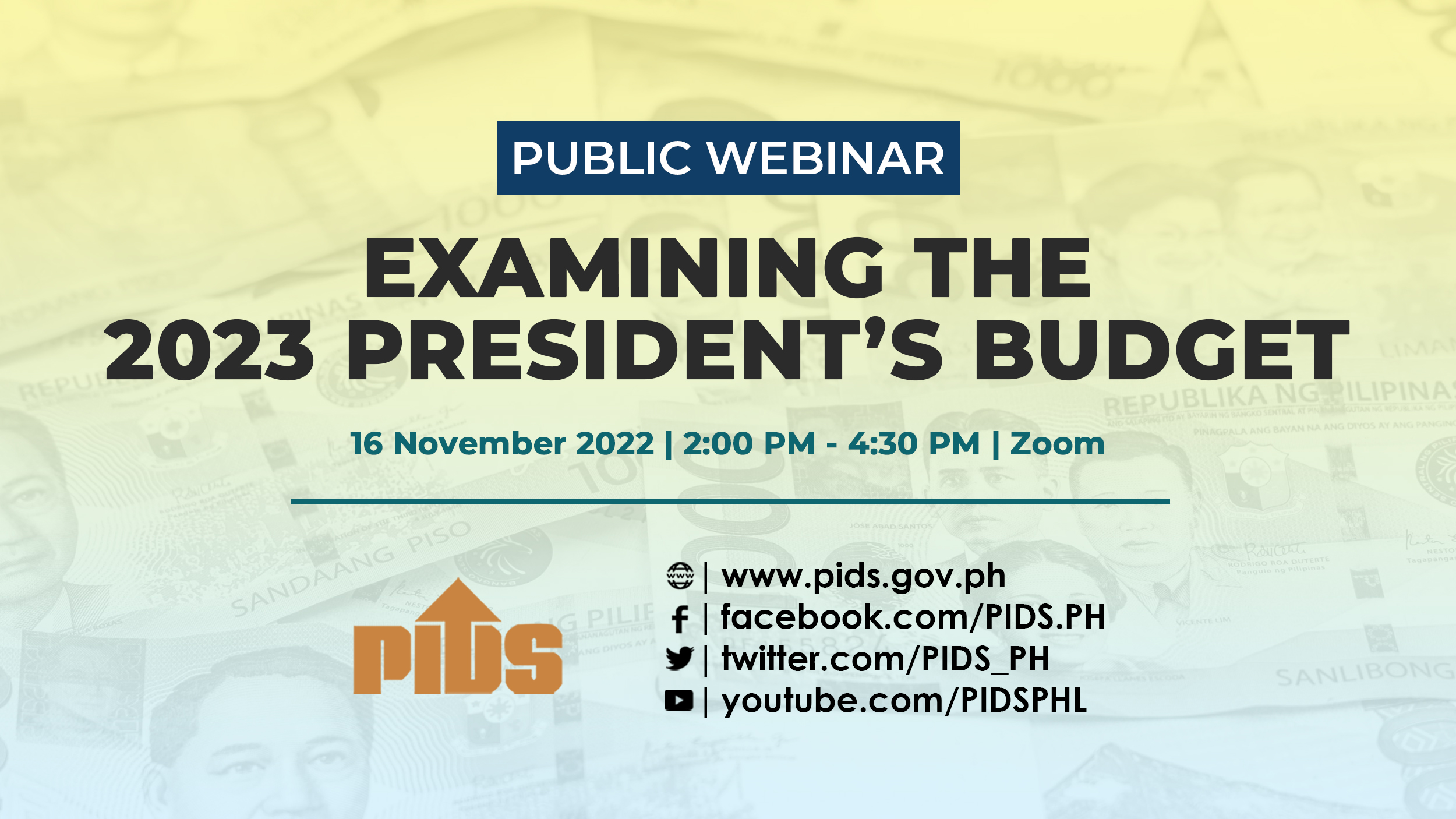Someone over the break posed the question of what President Benigno Aquino III will leave as a legacy of his presidency. This made me look back at a previous piece that tried to respond to a similar query, although this one was bellicose in its defense of the president.
Boosters will claim that the economy is doing well (it is), that people are satisfied because there are jobs available to them, and because incomes are rising. Cynics and critics immediately disagree of course. The portrait however is not black and white – it it looks more grayish in color.
The near 7%-overall economic growth has been offset by the declines in social welfare indicators. If you take a comparative look and reconsider the number, however, it turns out that the Philippine average GDP growth rate from 2011 to 2014, is 5.9% As of June 2015, the Philippine external debt only “declined slightly” during the first quarter of the year, but this was not because the government has now the capacity to pay it. The “net repayments” were made mostly by banks. The only positive sign is the decline in the budget deficit.
Growth has not translated into a leveling of incomes, they argue. Instead, as the economists Ramon G. Albert and Arturo Martinez Jr of the Philippine Institute for Development Studies (PIDS) and Australian Research Council Centre of Excellence for Children and Families have pointed out, the poor continue to increase in numbers, while the wealth of the country remains in the hands of a very small number of families.
It is worth reminding readers of the table they produced in a Rappler report just to show how sordid the income gap has become:
Table 1. Selected Statistics on Income Inequality and (Per Capita) Income Distribution in the Philippines: 2003, 2006 and 2009
Statistics 2003 2006 2009
Average Per Capita Income (in Nominal PHP)
Poorest 20% 7,015 9,494 14,022
Lower Middle 20% 12,461 16,747 24,396
Middle 20% 19,476 26,404 37,606
Upper Middle 20% 32,014 44,247 62,129
Richest 20% 85,891 127,926 176,863
TOTAL 31,369 44,963 62,997
Share of Bottom 20% in National Income 4.48% 4.22% 4.45%
Palma ratio (i.e., income of the top 10% to bottom 40%) 3.09 3.47 3.27
Gini 0.495 0.516 0.506
Note: Author's calculations from FIES 2003, 2006 and 2009.
The figures clearly contradict one of the favorite arguments of Aquino’s supporters that programs like the Conditional Cash Transfer Program (CCT) have benefitted the poor. And just to make sure that this was the case, I scoured the Internet for any evidence to the contrary and found this World Bank report that stated how the CCT benefitted the poor by keeping their children healthy and staying in school.
This is a laudable achievement, but is only supplement to more fundamental income-altering measures like increased direct taxes on the wealthy, tax cuts for the middle class, and shifting away from indirect taxation which has harmed the poor more than the affluent. And of course, going full coercion on getting back the billions the Marcoses and their cronies stole from us. The government does go after tax evaders, but on the eve of the end of his reign, President Aquino has not sent a single “rich” tax evader to jail.
And what of the middle class, the great indicator of social mobility? Has it expanded?
This was what 3 other researchers from the Philippine Institute of Development Studies wrote again in Rappler: “Examining the 2006 and 2009 (Family Income and Expenditure Statistics), we find that the relative size of the middle class to all households slightly declined in 2009 to 15.8% (from 16.2 percent in 2006), and increased to 16.7% as of 2012. We find marginal changes in the relative sizes of the other income groups across the period 2006, 2009, and 2012.” These were, accordingly, “not statistically significant.” In short, no movement from the bottom to the top.
President Aquino III has scored a 54% approval rating in the last months of 2015, but this lead over past presidents also needs to be qualified. President Joseph Estrada’s popularity had risen to 53% from a low 49%. This leaves one to wonder whether Estrada could maintain if not increase his popularity had he not been overthrown by the combination of a business class-led public protest and a coup threat by senior military officers. After his had bungled the police operations that led to the massacre of 44 policemen, Aquino’s rate plummeted to 38%, a number much lower than Estrada’s.
After the massacre of 44 policemen in Tukanalipao, Mamapasano, Aquino was seen as “an insensitive leader who cared very little for the welfare of those defending the Philippines.” What is seared in the minds of many people, including myself was this scene.
A friend whose husband is with the Philippine National Police told me that on the day the bodies of 42 policemen were flown back to Manila – some with no coffins because the local funeral home ran out of them – Aquino was not in the airport to receive them. He valued more the inauguration of the Mitsubishi plant in Laguna.//
Boosters will claim that the economy is doing well (it is), that people are satisfied because there are jobs available to them, and because incomes are rising. Cynics and critics immediately disagree of course. The portrait however is not black and white – it it looks more grayish in color.
The near 7%-overall economic growth has been offset by the declines in social welfare indicators. If you take a comparative look and reconsider the number, however, it turns out that the Philippine average GDP growth rate from 2011 to 2014, is 5.9% As of June 2015, the Philippine external debt only “declined slightly” during the first quarter of the year, but this was not because the government has now the capacity to pay it. The “net repayments” were made mostly by banks. The only positive sign is the decline in the budget deficit.
Growth has not translated into a leveling of incomes, they argue. Instead, as the economists Ramon G. Albert and Arturo Martinez Jr of the Philippine Institute for Development Studies (PIDS) and Australian Research Council Centre of Excellence for Children and Families have pointed out, the poor continue to increase in numbers, while the wealth of the country remains in the hands of a very small number of families.
It is worth reminding readers of the table they produced in a Rappler report just to show how sordid the income gap has become:
Table 1. Selected Statistics on Income Inequality and (Per Capita) Income Distribution in the Philippines: 2003, 2006 and 2009
Statistics 2003 2006 2009
Average Per Capita Income (in Nominal PHP)
Poorest 20% 7,015 9,494 14,022
Lower Middle 20% 12,461 16,747 24,396
Middle 20% 19,476 26,404 37,606
Upper Middle 20% 32,014 44,247 62,129
Richest 20% 85,891 127,926 176,863
TOTAL 31,369 44,963 62,997
Share of Bottom 20% in National Income 4.48% 4.22% 4.45%
Palma ratio (i.e., income of the top 10% to bottom 40%) 3.09 3.47 3.27
Gini 0.495 0.516 0.506
Note: Author's calculations from FIES 2003, 2006 and 2009.
The figures clearly contradict one of the favorite arguments of Aquino’s supporters that programs like the Conditional Cash Transfer Program (CCT) have benefitted the poor. And just to make sure that this was the case, I scoured the Internet for any evidence to the contrary and found this World Bank report that stated how the CCT benefitted the poor by keeping their children healthy and staying in school.
This is a laudable achievement, but is only supplement to more fundamental income-altering measures like increased direct taxes on the wealthy, tax cuts for the middle class, and shifting away from indirect taxation which has harmed the poor more than the affluent. And of course, going full coercion on getting back the billions the Marcoses and their cronies stole from us. The government does go after tax evaders, but on the eve of the end of his reign, President Aquino has not sent a single “rich” tax evader to jail.
And what of the middle class, the great indicator of social mobility? Has it expanded?
This was what 3 other researchers from the Philippine Institute of Development Studies wrote again in Rappler: “Examining the 2006 and 2009 (Family Income and Expenditure Statistics), we find that the relative size of the middle class to all households slightly declined in 2009 to 15.8% (from 16.2 percent in 2006), and increased to 16.7% as of 2012. We find marginal changes in the relative sizes of the other income groups across the period 2006, 2009, and 2012.” These were, accordingly, “not statistically significant.” In short, no movement from the bottom to the top.
President Aquino III has scored a 54% approval rating in the last months of 2015, but this lead over past presidents also needs to be qualified. President Joseph Estrada’s popularity had risen to 53% from a low 49%. This leaves one to wonder whether Estrada could maintain if not increase his popularity had he not been overthrown by the combination of a business class-led public protest and a coup threat by senior military officers. After his had bungled the police operations that led to the massacre of 44 policemen, Aquino’s rate plummeted to 38%, a number much lower than Estrada’s.
After the massacre of 44 policemen in Tukanalipao, Mamapasano, Aquino was seen as “an insensitive leader who cared very little for the welfare of those defending the Philippines.” What is seared in the minds of many people, including myself was this scene.
A friend whose husband is with the Philippine National Police told me that on the day the bodies of 42 policemen were flown back to Manila – some with no coffins because the local funeral home ran out of them – Aquino was not in the airport to receive them. He valued more the inauguration of the Mitsubishi plant in Laguna.//

